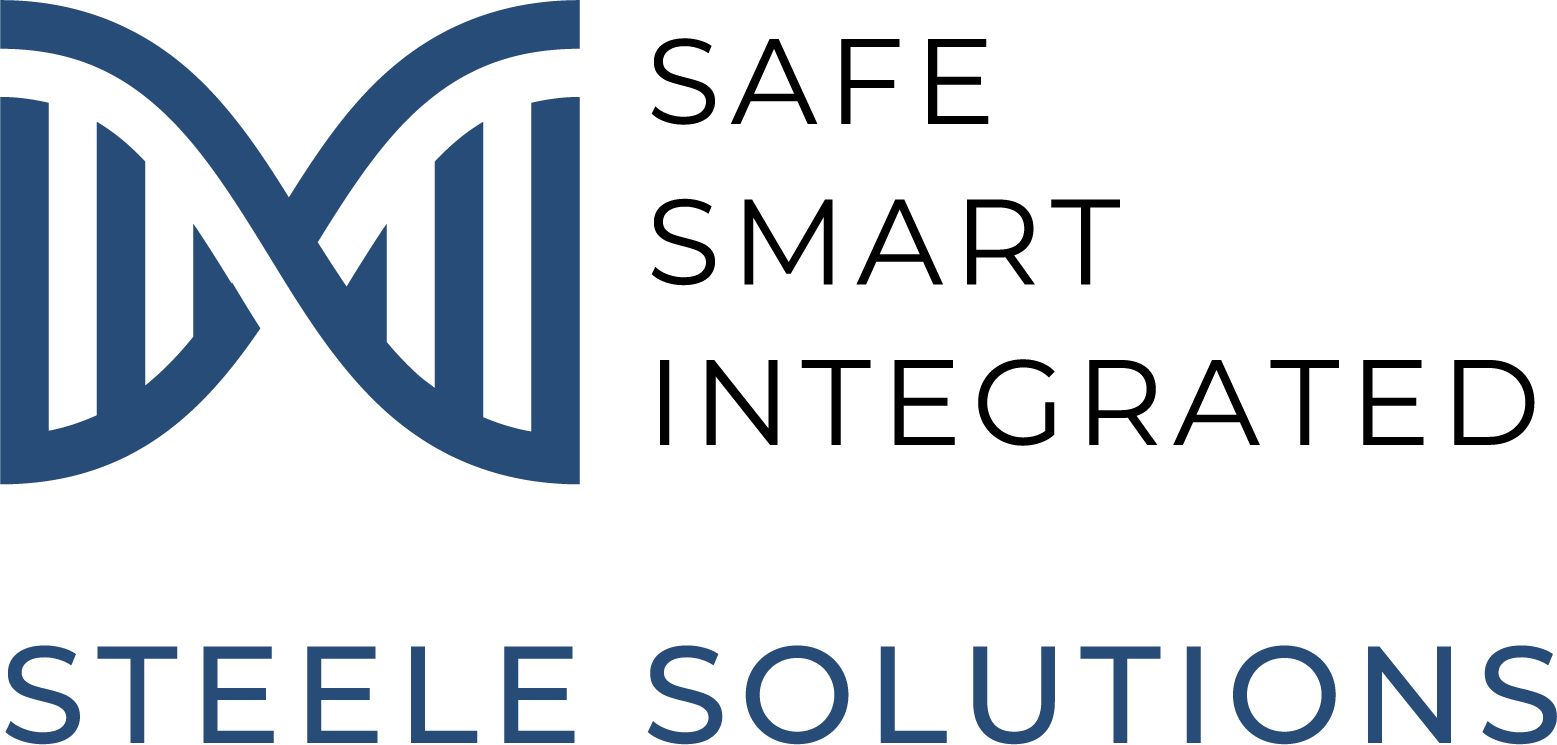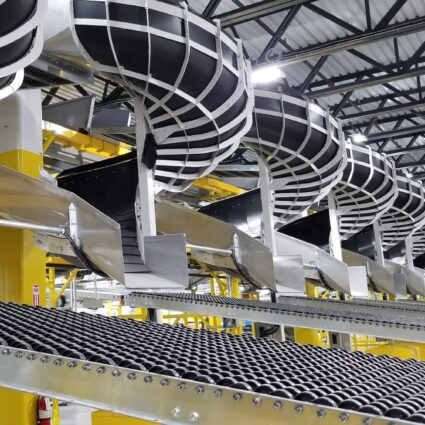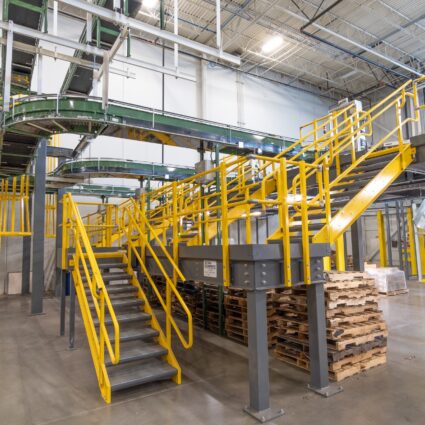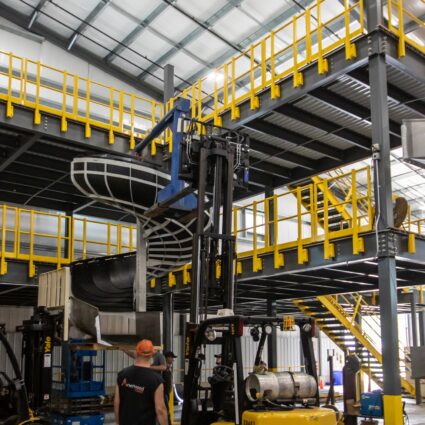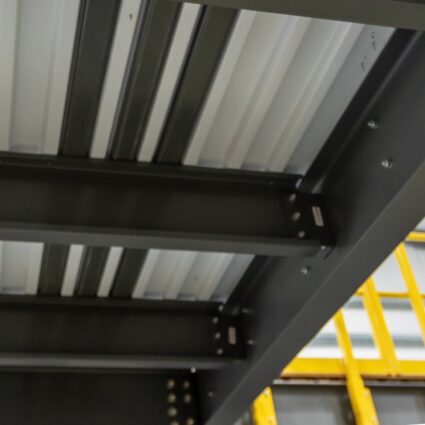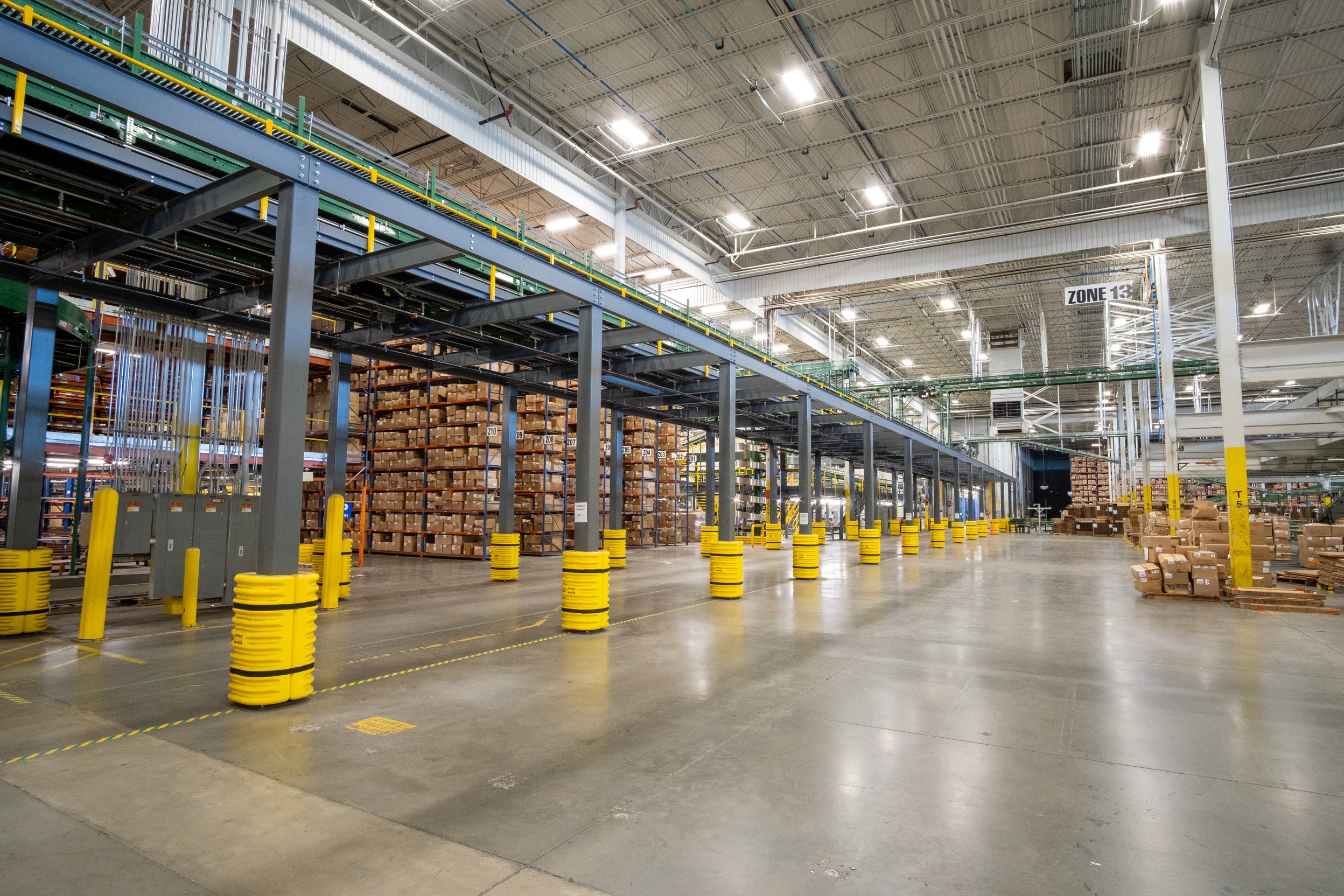
Being Prepared for High and Low Seismic Activity
by Kevin O’Neill
Preparing Your Metal Frame Structures for High and Low Seismic Activity
As you design metal frame structures in regions with varying seismic activity, it’s crucial to understand the forces and dynamics involved.
Seismic forces impact a structure’s displacement during an earthquake and are influenced by factors like the building’s height, weight, and design. Properly preparing your structure for seismic conditions means accounting for these forces through thoughtful design and understanding seismic design categories.
This article will explore how to determine seismic requirements, select the appropriate lateral force resisting systems (LFRS), and ensure safety and compliance, providing a solid foundation for durable structures.
What Are Seismic Forces?
Seismic forces represent the displacement and movement that a structure would undergo during a seismic event. The seismic forces are directly related to the structure’s height, seismic weight, and number of levels.
The structure’s seismic weight is determined from:
- The dead load, which consists of framing members.
- Decking.
- Railing.
- Equipment securely attached to the structure.
Understanding seismic forces and how they interact with a structure’s weight and design is essential for creating buildings and structures within buildings that can withstand the displacement caused by seismic events, ensuring both safety and structural integrity.
How Seismic Design Categories Are Determined
Structures can be grouped into six different Seismic Design Categories (SDC) with low seismic being classified as SDC’s A through C and high seismic being SDC’s D through F.
The two most important factors in determining SDC are:
- Geographic location
- Site soil characteristics.
High seismic classifications may require a site soils report, but the authority having jurisdiction will have the final decision on whether this is required. Based on these factors, seismic response spectrum values can be determined.
In combination with the framing system of the structure, the seismic forces can be determined for designing the structure. The Steele Solutions engineering team is able to help customers regardless of the SDC and are knowledgeable on how to handle different situations.
The Role of Lateral Force Resisting Systems (LFRS) in Seismic Design
When discussing SDC the phrase Lateral Force Resisting System (LFRS) is often brought up because the LFRS selection is the most impacted by the SDC. There are some key differences, however, between the use of lateral force resisting systems for low seismic and high seismic structures.
Low Seismic Structures
Low seismic structures have the most freedom to utilize varying LFRS’s (i.e. braced frames, and cantilever columns). The type of LFRS, in turn, dictates the response modification coefficient (R). The selection of the structural system is controlled by the height of the structure and the SDC. Low seismic structures with limited heights (up to 60 feet) can use an LFRS classified as “Steel System Not Specifically Detailed for Seismic Resistance” with an R value of 3. This is the most common system for low seismic structures. Knowing the R value is important because it can help our engineering team create a safe yet simple and efficient structure.
High Seismic Structures
High seismic structures are the most difficult and complicated to design. There are multiple systems that can be utilized that are classified as ordinary, intermediate, and special. Ordinary systems have lower R values and special ones have the highest R values. Systems with R values greater than 3 require the connections of the structure to follow prescriptive requirements of AISC 341. These prescriptive requirements ensure there are ductile connections that would allow the steel members to undergo plastic deformations and dissipate energy in the structure. Designing high seismic structures is a balancing act of designing the steel structure with a higher R value and following the AISC 341 requirements.
There are a lot of different design paths to be taken when designing a structure for seismic loading. Two identical structures with different SDCs or even the same SDC can have drastically different framing sizes, connections, and foundations.
Seismic design is based on probabilities and statistics. Areas more prone to having earthquakes or seismic activity are more at risk than areas away from active faults. Steele Solutions works hard to ensure that all projects are up to code and structurally sound when designed. Our engineering team is ready to help with any seismic project you have!
Building a solid foundation is essential, but serviceability is just as important. Read this technical tip article to learn how deflection and drift impact platform design and performance.
For more engineering tips and technical guidance, see our other Technical Tips.
Have a more specific question? Contact us—our team is always ready to deliver innovative solutions to complex problems.
